From this article, you can find out what features this type of electrical fittings has such as a socket: how to connect and install the structure into a network, in what order actions, common schemes and recommendations of safety experts are performed. The text contains useful practical tips that will be useful during the installation of the product with their own hands.
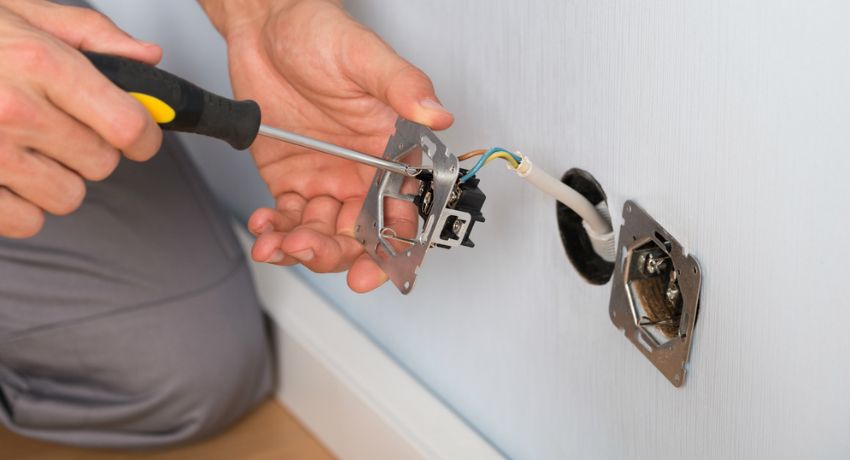
Socket: how to connect the structure in a residential type. Basic installation information.
Connecting the outlet to the grid is a responsible procedure. The implementation of this process requires knowledge of all the nuances of electrical work, as well as safety rules. The fact is that the load on the wiring nodes depends on the number of energy consumption points. The more operated outlets in the network, the higher these loads. For this reason, any violation of the requirements would entail unpleasant consequences.
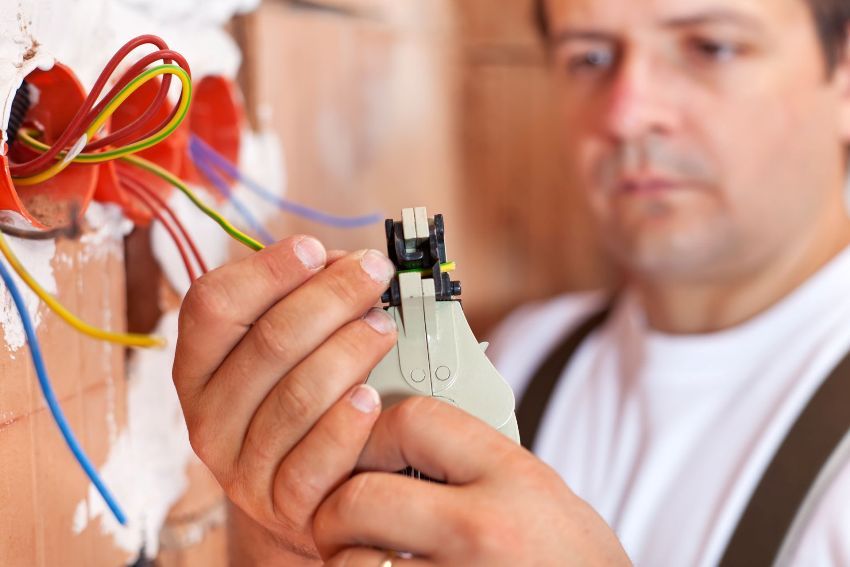
An error in the process of installing sockets and switches can cause such phenomena as:
- contact melting;
- overheating of electrical appliances;
- the occurrence of a fire hazard.
Important! Without possessing the appropriate knowledge and skills, it is better not to take up work that affects electrical wiring. The specialist will be able to safely and correctly install the outlet, the price of such a service is not so high as to risk.
The advantage of professional service is full compliance with the technical requirements of the network.
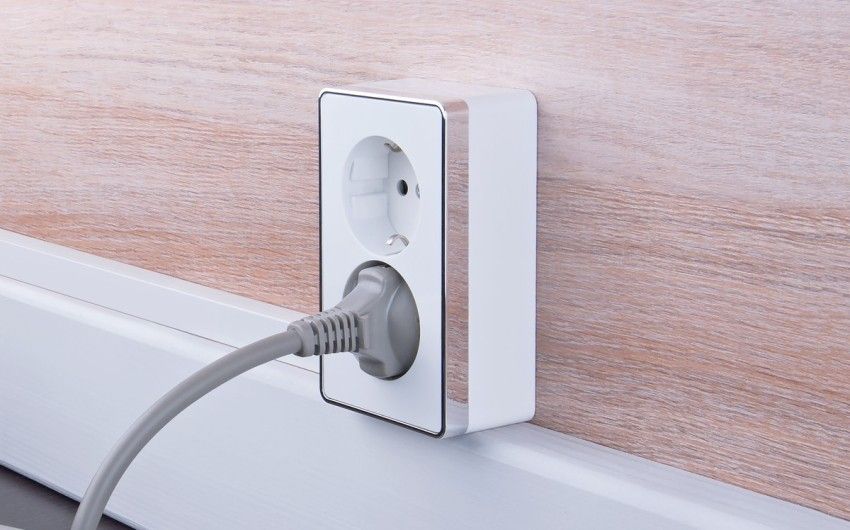
An experienced electrician before starting work will take into account all factors that may affect the quality of the result and safety:
- total power of connected electrical appliances;
- the degree of humidity in the room;
- plug type with which the plug-in devices are equipped;
- the need to use the electronic component of the built-in type.
Professional installation of sockets, prices for electricians services:
| Name of work (installation) | price, rub. |
| Inside podrozetnik in plaster | 120 |
| Internal podrozetnik in brick | 150 |
| Internal podozetnik in concrete | 170 |
| Single TV Outlet | 250 |
| Telephone socket | 250 |
| TV outlet straight | 300 |
| Podrozetnik for email. slabs in concrete | 300 |
| Junction box in plaster or brick | 300 |
| Terminal box in concrete | 350 |
| Socket for el. slabs in brick | 400 |
| Computer outlet | 450 |
The exact cost of work depends on many factors, this indicator is influenced by the following parameters:
- the total volume and complexity of the work;
- base material;
- operating conditions of the premises;
- type of outlet (invoice or built-in), etc.

The cost of work may vary depending on what kind of current in the outlet, as well as what is its voltage. As a rule, in home networks the current is alternating, and the voltage is 220 V. Private houses are usually powered from a three-phase network of 380 V. If the cost of installing an outlet for an electric cooker in a standard network is about 250 rubles. (excluding base material). That similar work for houses with three phases (380 V) will be more expensive – 380 rubles.
The cost of the work may increase if for the installation of the outlet it is necessary to form a new hole or to significantly increase the old one. In addition, there is a difference between the price of installation of the device, when the installation affects only the mechanism of the product, or it involves a complete replacement of the underside. The final amount is also formed through the use of additional accessories.
Another factor of influence are regulatory documents that determine the height of the sockets and switches, depending on their purpose. Standard regulations require that the socket be at a level of 40-45 cm from the floor, and the switch – 100-105 cm.
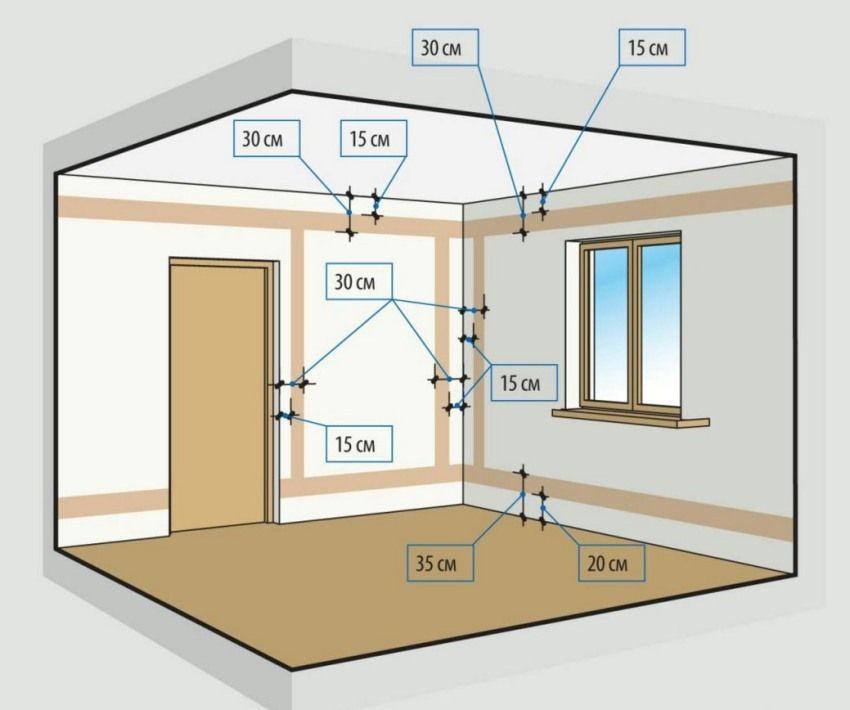
On sale there are many varieties of outlets. Some products have a universal purpose, others are endowed with certain capabilities. Not every type of outlet and switch is suitable for home use. The choice of device depends on the type of room in which it will be installed. For example, for swimming pools, kitchens and bathrooms are designed models with waterproof properties.
Helpful advice! A three-core cable is required to connect a grounded outlet. One of them connects to the phase, the other to zero, and the third to the ground. Products without a grounding contact require the use of two-wire cable.
Popular types of sockets and their features:
| Marking | Feature |
| C1a | there are no ground contacts |
| C2a | grounding contacts with lateral placement |
| C3a | pin type grounding pin |
| C5 | there are no ground contacts |
| C6 | wide plug holes |
Structures labeled C1a are switchgear without the possibility of grounding. Installation of receptacles of this type is performed on those parts of the power supply network where the value of alternating current does not exceed 16 A, and that of a constant one – 10 A. They are intended for servicing low-power devices.
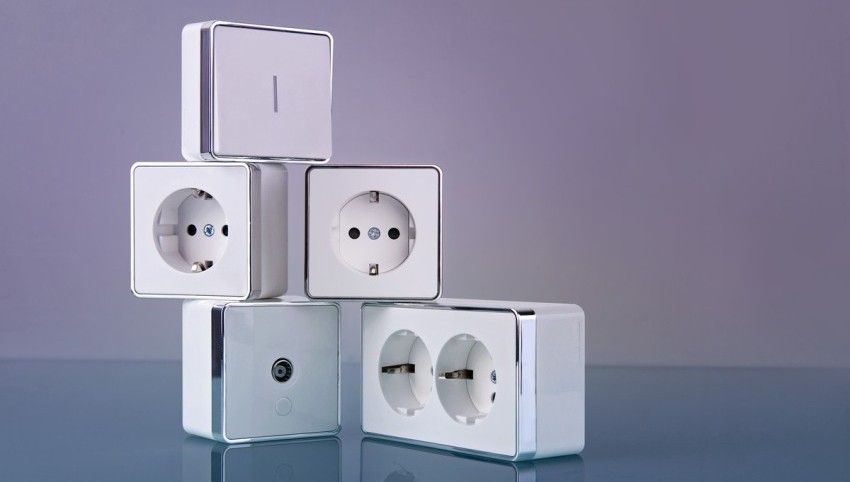
In the C2a sockets, an internal terminal is provided, which is intended for the supply of PE cable. These products are designed to service electric stoves, pumps, washing machines, as well as dishwashers. Designs marked with C3a are in many ways similar to the previous version. A distinctive feature is the location of the grounding contacts, as well as the configuration.
The socket labeled C5 belongs to the category of traditional designs of Soviet production. These products with a round neck for a fork are square. These models are suitable for servicing old electrical appliances. The maximum allowable current is 6 A. Products marked with C6 are considered euro-sockets. They are comfortable and versatile.
There are the following types of switches:
- keyboards;
- button;
- rope;
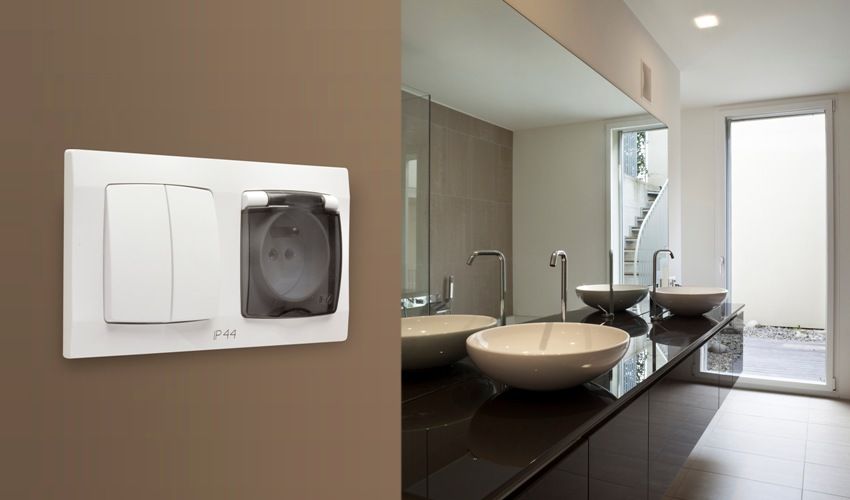
- dimmers;
- rotary;
- sensory;
- acoustic.
As well as sockets, according to the type of installation, the switches are external and internal. On sale they are found in the form of stand-alone devices or as an integral element in a unit with a socket.
If the socket is installed on a concrete base, for this it will be necessary to make a special channel in the wall by shtroning. Next, holes are drilled for the underside, wires are laid and the box with the mechanism is installed. The process of installing sockets in drywall is performed in the same manner. The only difference is that this will require much less effort.
Installation on the adobe and wooden walls involves fixing the outlet in an open way. Otherwise, the operation will be flammable. On such surfaces, the structure is installed together with the bottom plate.
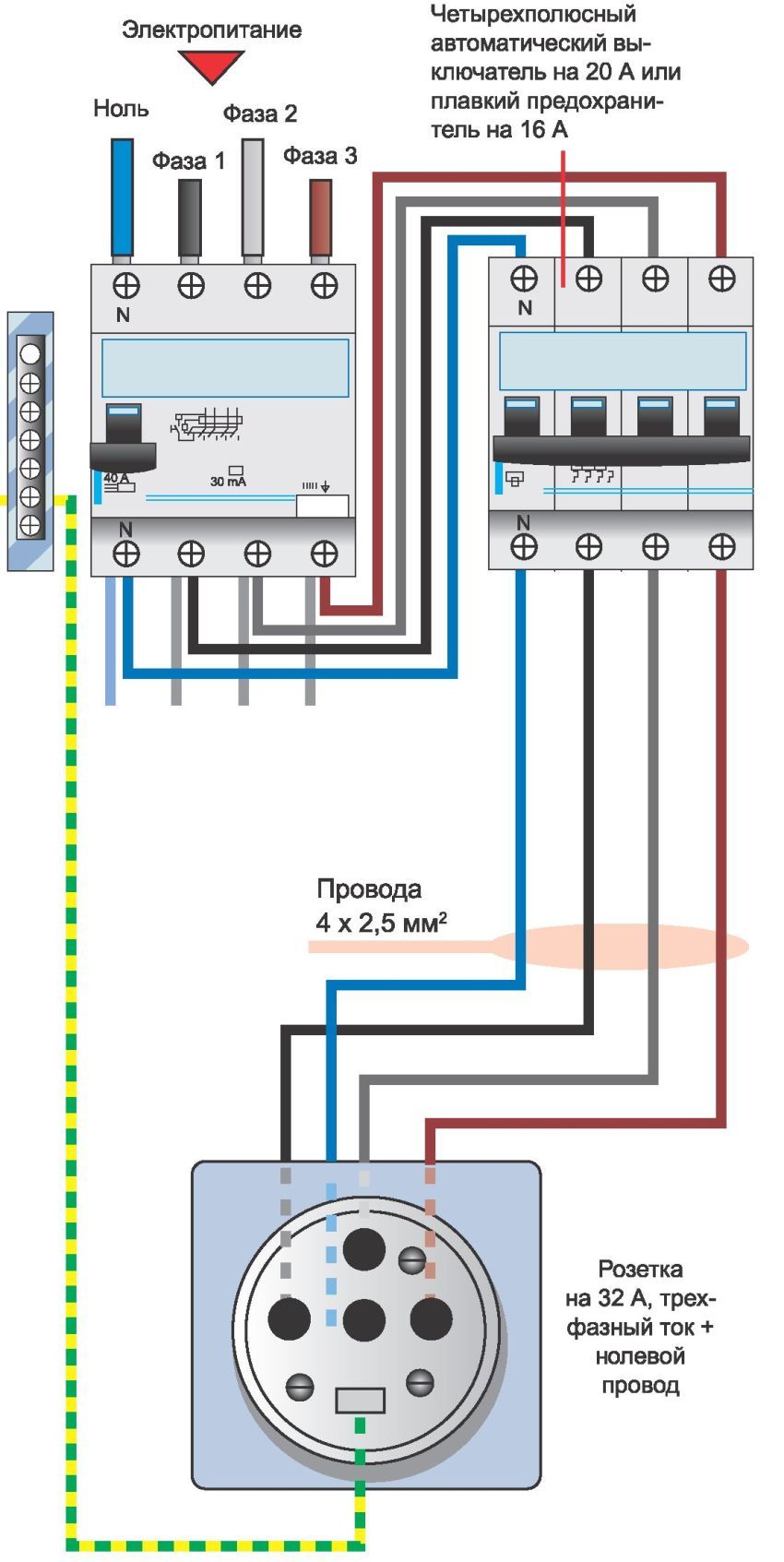
Helpful advice! If a paired product is used, then a special plastic box, the cable channel, can be used for wiring.
There are several ways to connect sockets:
- “Star” – a parallel connection type.
- “Loopback” is a serial connection type.
When connected by the “loop” method, each subsequent product is actually powered from the previous one. This method allows you to connect a triple outlet or to assemble in a horizontal or vertical row of 5 or more designs. The disadvantages of the “loop” method are low reliability. It is not recommended to connect powerful equipment to such sockets.
Connection of products according to the “star” scheme implies supplying directly to the junction box. In addition, each element receives its own wires, so you can safely connect this type of equipment, like a computer.

Wiring to the outlet can be done in an open or hidden way. The choice of technology depends on a number of factors.
These include:
- chemical activity of the medium;
- fire hazard;
- degree of air humidity;
- dustiness;
- explosion hazard.
Laying wiring in an external way is carried out on the surface of the walls. For this, various fastener options are used. This method has both advantages and disadvantages.

Advantages of open wiring:
- Simplified repair system, since the cables are outside.
- There is no need for wall chipping.
- Simple installation system that does not require much time.

Installation scheme for many cases looks the same. In this case, it is only necessary to take into account the network parameters and design features of the products. Many of them have instructions with a detailed description of the installation procedure. It is necessary to strictly follow the requirements of the manufacturer, if the work is done by hand.

